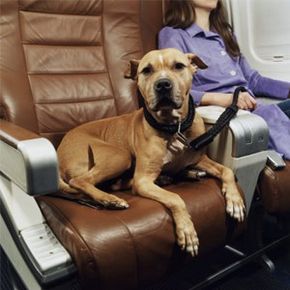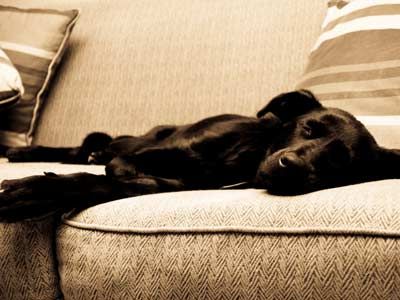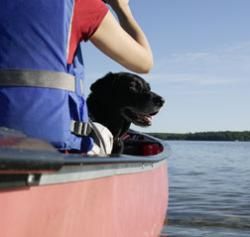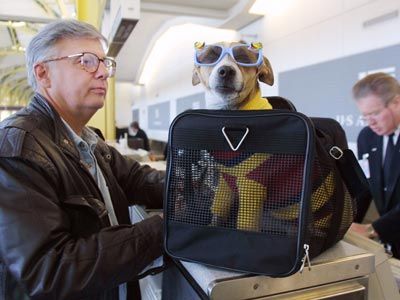Your best friend has invited you to come visit her for two weeks and you haven't seen her in years. She even offered to pay for the plane ticket, so what's holding you back? Your cat Webster. Even after your best friend invites Webster you wonder, "How will I get him there?"
Sure, we've all heard the news stories about a kitten that somehow snuck into the baggage compartment of a 747, but how does it work when Fluffy wants to be right there with you -- on your lap?
Advertisement
And what if Fluffy is an African Grey parrot? Or a bunny? Or a monkey? Or a guide dog? Or maybe, just maybe, a tropical fish? Surely, this will not work out? Wrong.
Even under such unique circumstances, you can travel with Fluffy if you follow certain regulations. Pet airline travel can work pretty well, and more and more airlines are realizing how important it is to offer services for doting owners.
Every year, thousands of air travelers fly to locations all across the globe with a variety of animals in tow. Some airline companies are even catering to the pet industry, which is a booming $43.4 billion business [source: APPA]. Even in a rough economy, we still love our pets. And we want to take them on vacation.
In this article, we'll explore how to ensure a safe flight for your pet. We'll take a look at the required documentation, airline rules, the difference between flying with service or comfort animals and specific airline rules for different dog breeds.
Advertisement



